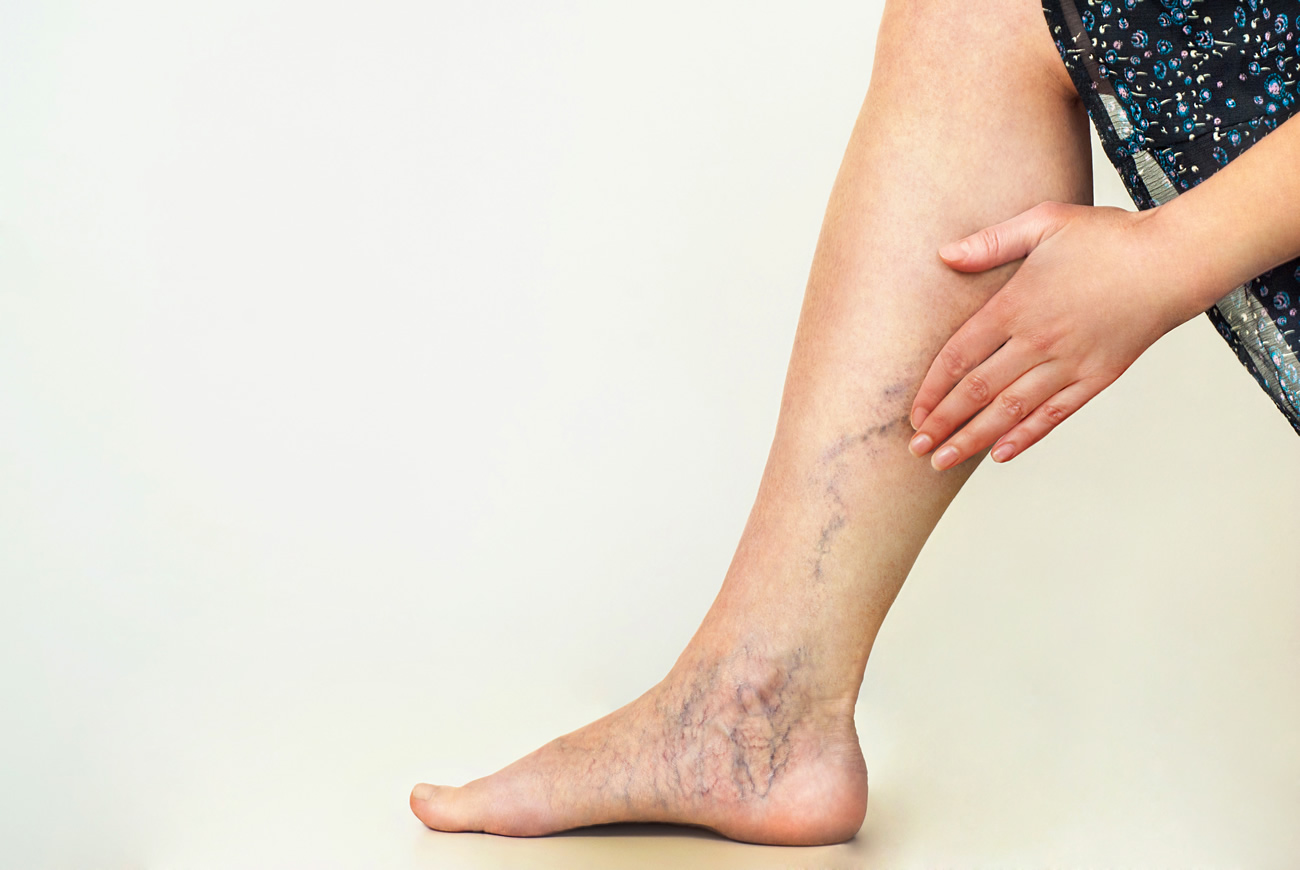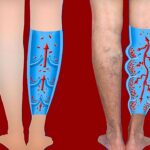Peripheral Artery Disease (PAD) happens when the blood vessels on the crust of your heart and brain starts to shrink. The narrowed arteries reduce the blood flow to your limbs. The buildup of fatty deposits in the arteries makes them shrink or blocked. Plaque is a substance made up of fat and cholesterol. PAD is also known as peripheral arterial disease or peripheral vascular disease (which includes both arteries and veins).
What are the risk factors for PAD?
- Smoking
- High blood pressure
- Atherosclerosis
- Diabetes
- High cholesterol
- Age above 60 years
- A family history of peripheral artery disease, heart disease or stroke
Who is at Risk of Developing the PAD?
Both men and woman are affected by PAD; People who smoke, have diabetes, high blood pressure, Aged, High cholesterol, Family history of heart attacks and strokes are at a greatest risk of developing peripheral artery disease due to condition meeting the risk factors. High levels of homocysteine can also be the cause of triggering the development of fatty deposits in the arteries and veins that leads to Pad. However, African Americans have an increased risk of PAD. Approximately 6.5 million people age 40 and older in the United States have PAD, and are likely to develop.




